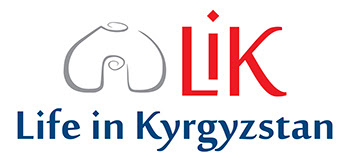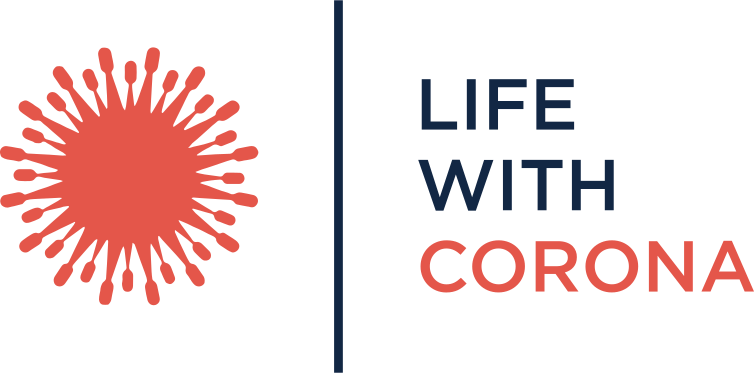From a humanitarian and programmatic perspective, the early identification of famine and other severe manifestations of food insecurity is of paramount importance. The earlier the onset of such food shocks can be identified, the earlier humanitarian programs can be rolled out to mitigate such crises. This is particularly important in situations when food insecurity is too severe to be viewed as a development problem but not, yet, severe enough to be a humanitarian problem, creating a critical programmatic and funding gap.
In such a scenario, there is a lack of information and analysis and a lack of funding to prevent a worsening of food insecurity. Almost ironically, locations in such situations may receive less support towards countering food insecurity than places with chronic but non-acute food insecurity. This illustrates that the analytical and programmatic toolkit to prevent rather than to treat food insecurity is still lacking. The dual gap is further complicated by the political economy of food insecurity, where the declaration of a food security crisis may harm or benefit different actors material, political or reputational standing.
In this paper, we propose a range of data collection processes, each of which aims to capture when a household or region might enter a period of acute food insecurity; and to then confirm whether or not such a situation aggregates into a food crisis. To do so, we consider four related questions: How can trends in food insecurity be captured accurately and in a timely fashion? At what point does declining food security potentially become a crisis? How can data be collected that confirms whether or not a region is in crisis or is facing a crisis? What data should be collected to confirm this?






